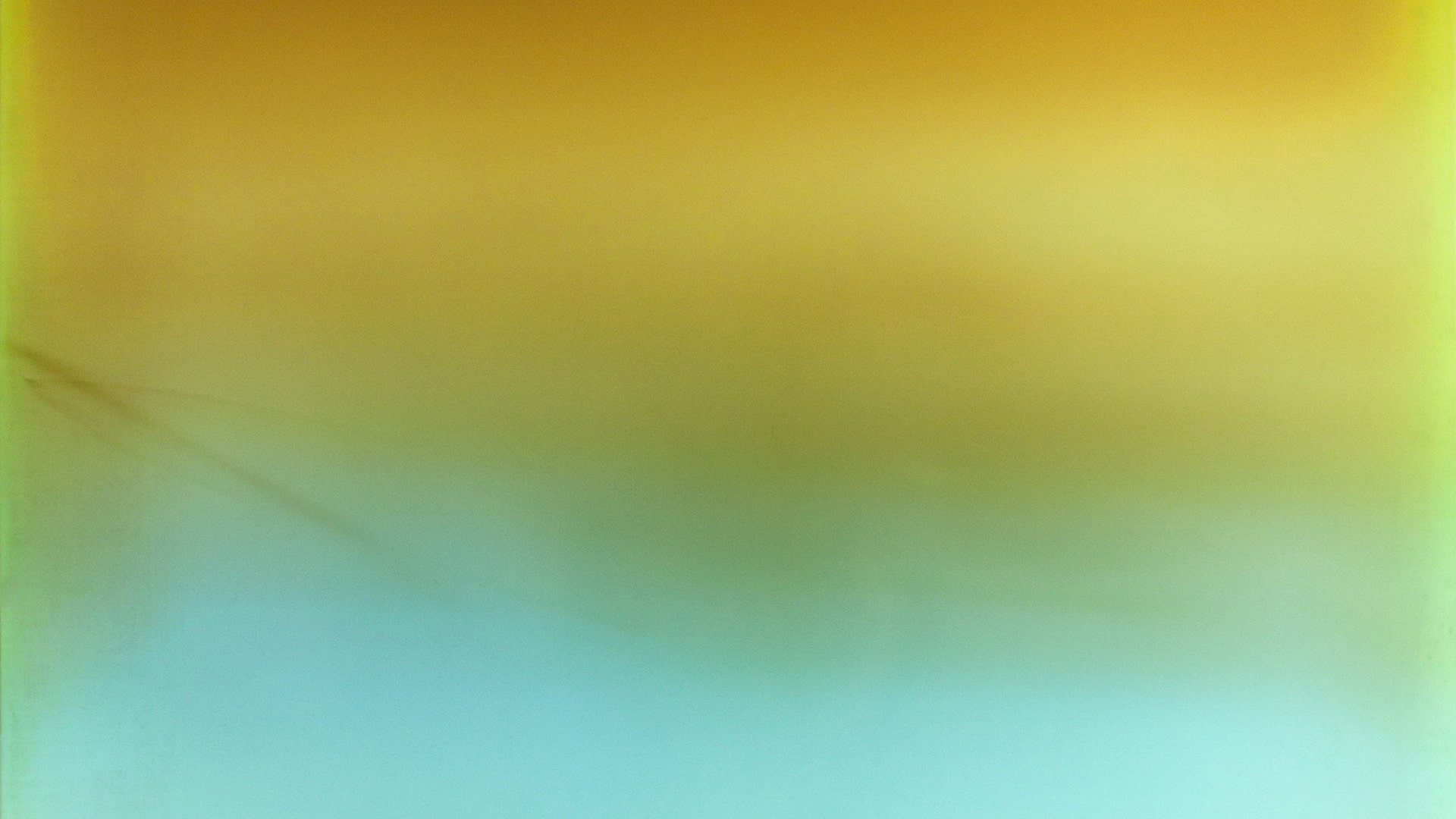Shortlisted for the Prix Découverte Louis Roederer, the young photographer Laure Tiberghien participates for the first time in the Rencontres d’Arles. In the privacy of her lab, the artist plays with light, forms, and colors to reveal the infinite potential of photography, which she defines in her own way. Just as her exhibition is about to open, we have caught up with her and managed to pry some trade secrets…

You’re getting blind.
Don’t miss the best of visual arts. Subscribe for $9 per month or $108 $90 per year.
Already suscribed ?



